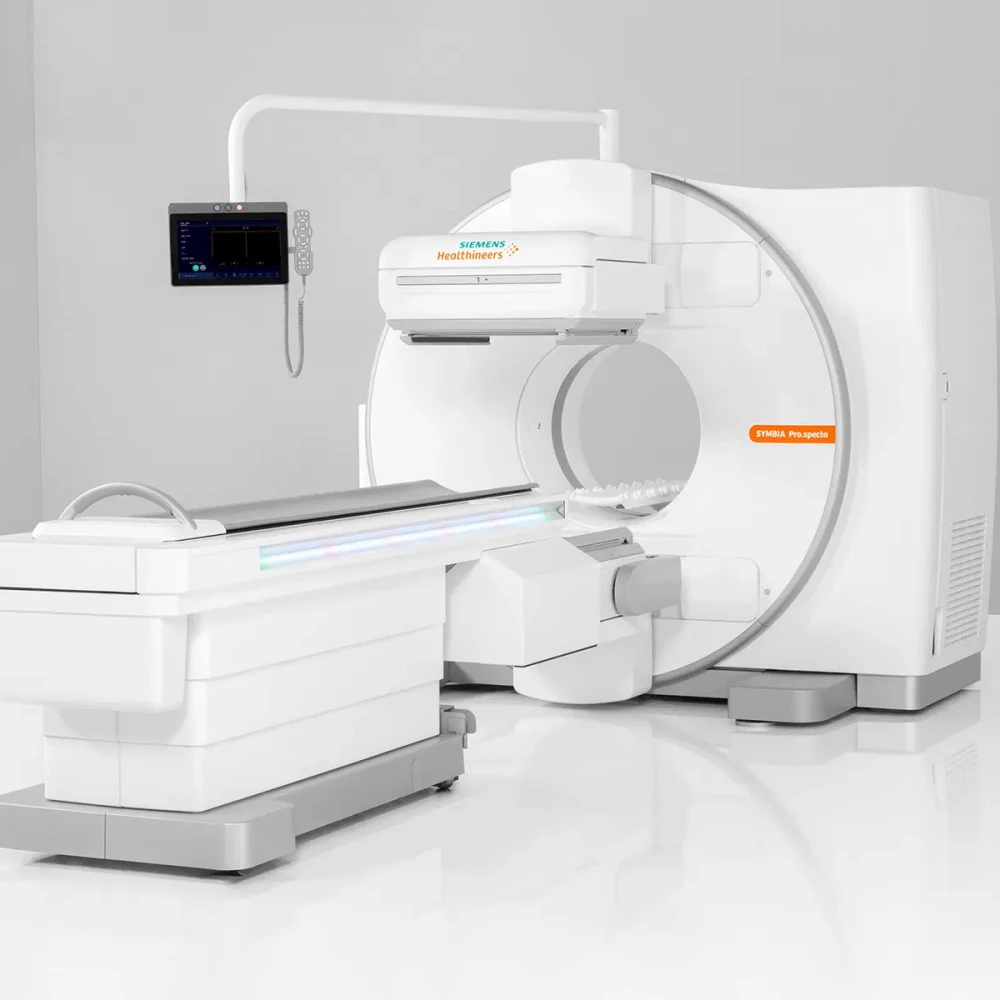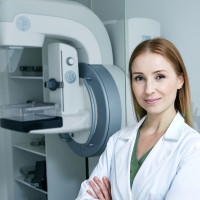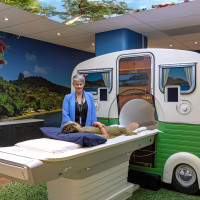
Canopy Imaging – Hastings New Molecular Imaging and Therapy Centre
As part of Canopy Healthcare's ongoing commitment to delivering world-class health solutions to our local communities, we are opening a brand-new Molecular Imaging and Therapy Centre in Hastings in November 2024.
What is PET-CT?
PET-CT (Positron Emission Tomography and Computered Tomography) is a scanning method combining Positron emission tomography (PET) and computed tomography (CT) scanners that allows us to see how organs or tissues are functioning. The body is imaged following the injection of a radioactive drug called a tracer (most commonly 18F-FDG, a slightly radioactive form of sugar). It is an effective way to help discover a variety of conditions including cancer, heart disease and brain disorders. This provides important information to your doctor to help diagnose, monitor or treat your condition.
Are there any side effects or risks?
The amount of tracer that we inject will not produce any side effects.
The amount of radiation you are exposed to and the risk of negative side effects is small.
You can continue with your usual daily activities. In particular it will not make you drowsy and so will not prevent you from driving a car. Your doctor will tell you that the benefits of the test far outweigh any minor risk
What is SPECT-CT?
SPECT-CT (Single-photon emission computed tomography) is a type of Nuclear Medicine scan where the images or pictures from two different types of scanners (SPECT and CT) are combined together.
The combined scan can provide precise information about how different parts of the body work. SPECT-CT scans are taken after the injection of a small amount of a radioactive drug. It can show how the bones are functioning in a bone scan and the thyroid is functioning in a thyroid scan. Common reasons for having a SPECT-CT scan include joint or bone pain, fracture and prosthesis assessment as well as blood flow to the heart.
Are there any side effects or risks?
Radiation doses are very low and comparable to x-ray examinations. Reactions to the tracers are extremely rare making the tests exceptionally safe and well tolerated. You can continue with your usual daily activities. In particular it will not make you drowsy and so will not prevent you from driving a car. Your doctor will tell you that the benefits of the test far outweigh any minor risk.
The benefits of a PET-CT and SPECT-CT
By identifying changes in the body at the cellular level, PET-CT imaging may detect the early onset of disease before it is evident on other imaging tests.
This provides greater detail with a higher level of accuracy; because both scans are performed at the same time without the patient having to change positions, there is less room for error.
It also gives greater convenience for the patient who undergoes CT and PET at one time rather than two different times.
PET-CT an essential tool in the diagnosis and management of many cancers including:
- Melanoma
- Lung cancer
- Lymphomas
- Breast cancer
- Colon cancer
- Prostate cancer
Nuclear Medicine SPECT/CT plays a large role in the precise functional imaging of various organs such as:
- Heart
- Bones
- Thyroid
By providing detailed images, our Molecular Imaging and Therapy Centre can lead to early detection and better treatment outcomes.
















